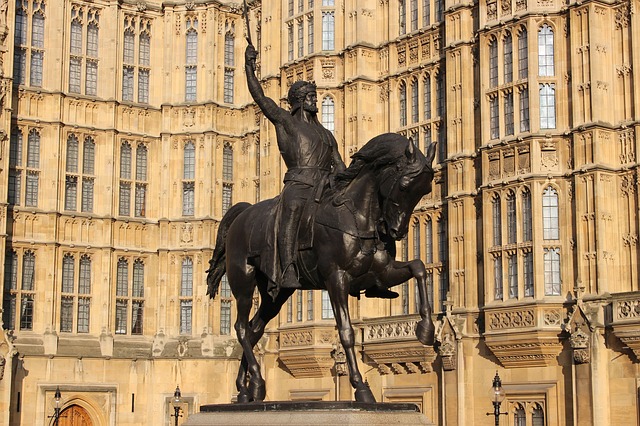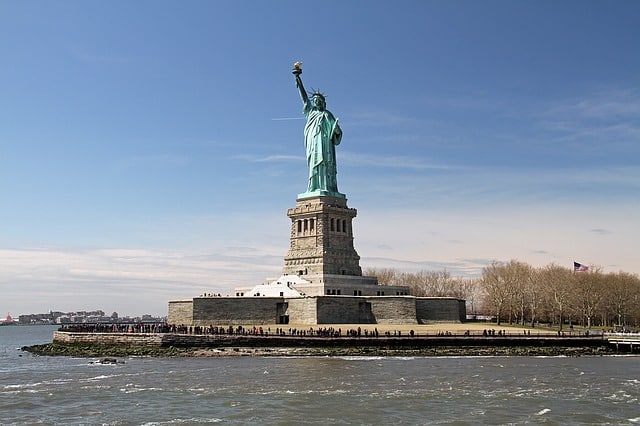
Equestrian statues show people on horses.
The notion of statue comes from the Latin word statua . The term refers to a sculpture that seeks to reproduce the characteristics of a real or natural figure .
A sculpture , meanwhile, is a work that is made by sculpting or carving a three-dimensional figure in a certain material. The concept comes from the Latin sculptūra .
Returning to the idea of a statue, it is a sculptural creation that imitates the appearance of a person or an animal . The sculptor, with his work, aims to develop a faithful representation of the protagonist in question.
Most used materials
Statues can be made with different materials. In ancient times, they were often made from granite , limestone , or marble , stones that are still frequently used.
Various metals and alloys were also used centuries ago and still remain popular. Among them we can name bronze , steel , iron and copper . On the other hand, clay and wood have always retained their importance in this area.
As for modern materials for creating statues, many sculptors choose polymers . The important thing is that the selected element can be molded and carved to capture in the work what it is intended to copy or symbolize.
Types of statue
Statues are classified in multiple ways. Because not all of them exhibit the entire figure, depending on the part of the body that the statue represents, it is possible to differentiate between torsos (they lack limbs and a head), busts (they present the upper sector of the thorax and the head) and the hermas (busts that are placed on a stipe, which is a pedestal ).

The Statue of Liberty is an emblem of New York.
Depending on the position of the person, meanwhile, it can be referred to as an equestrian statue (it is on a horse ), a praying statue (it is kneeling), a recumbent statue (lying), a seated statue (sitting) or its own statue (standing).
Regarding the size of the statue, one of the most common classifications is to distinguish between the smallest statues (the figurines ) and the largest statues (the colossi ).
Purpose or function
The creation of a statue can be due to different reasons. In some cases, the statue has a ritual or spiritual purpose and even aims to evoke a divinity or a mythological being.
On the other hand, there are statues that aim to symbolize a value, a concept or a feeling (such as justice , reason or family ). In addition, reference can be made to statues with historical content and those that are born with a purely aesthetic intention.
The Statue of Liberty
The most famous statue in the world is possibly the Statue of Liberty , located in New York ( United States ). It is a 46-meter colossus that shows a woman standing with a torch in her right hand and a tablet in her left hand.
Located on Liberty Island , in the Hudson River , it was inaugurated in 1886 . The statue was gifted by France to the United States as a symbol of friendship between both peoples and to celebrate the centenary of American independence, although it was finally presented ten years after said anniversary.
